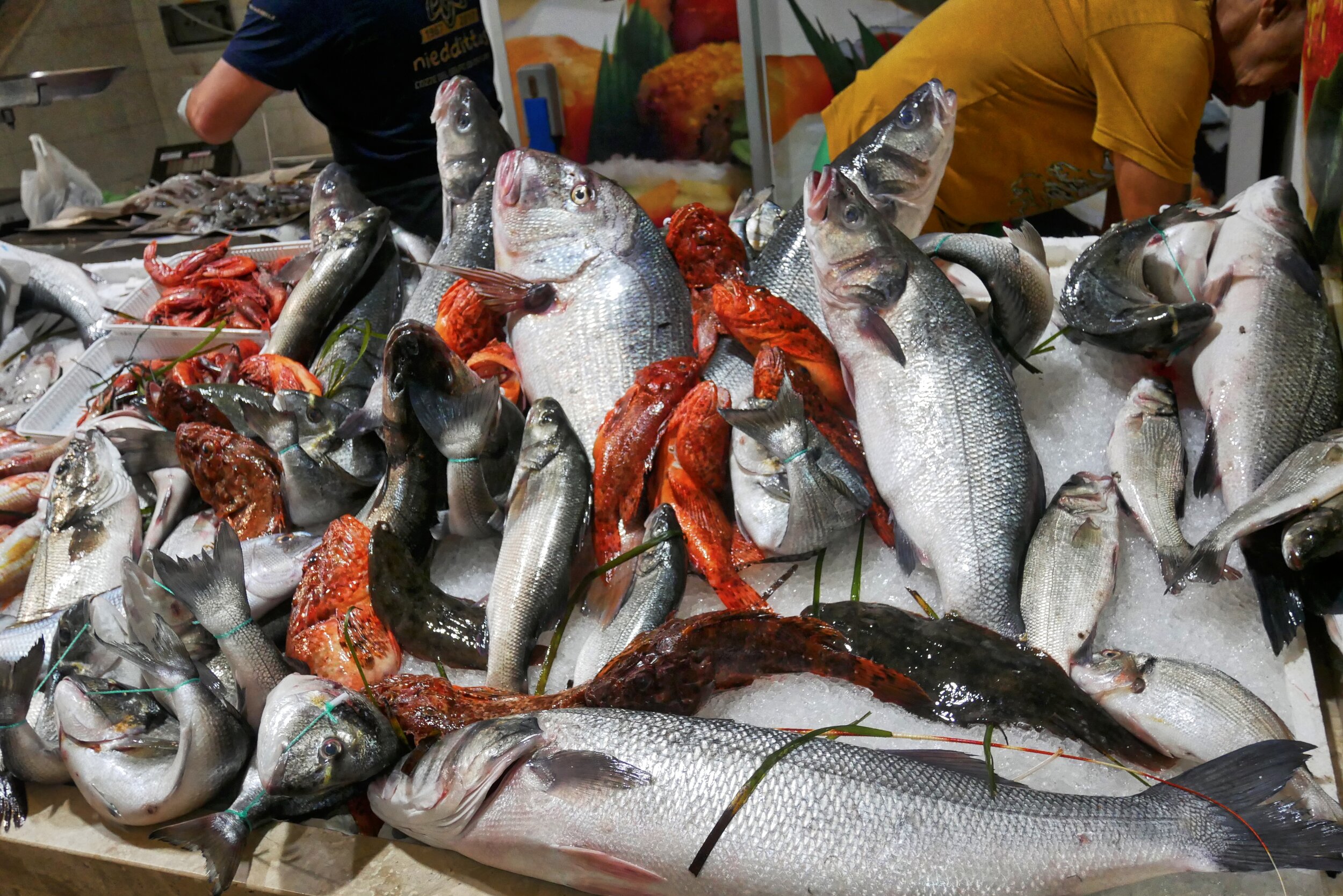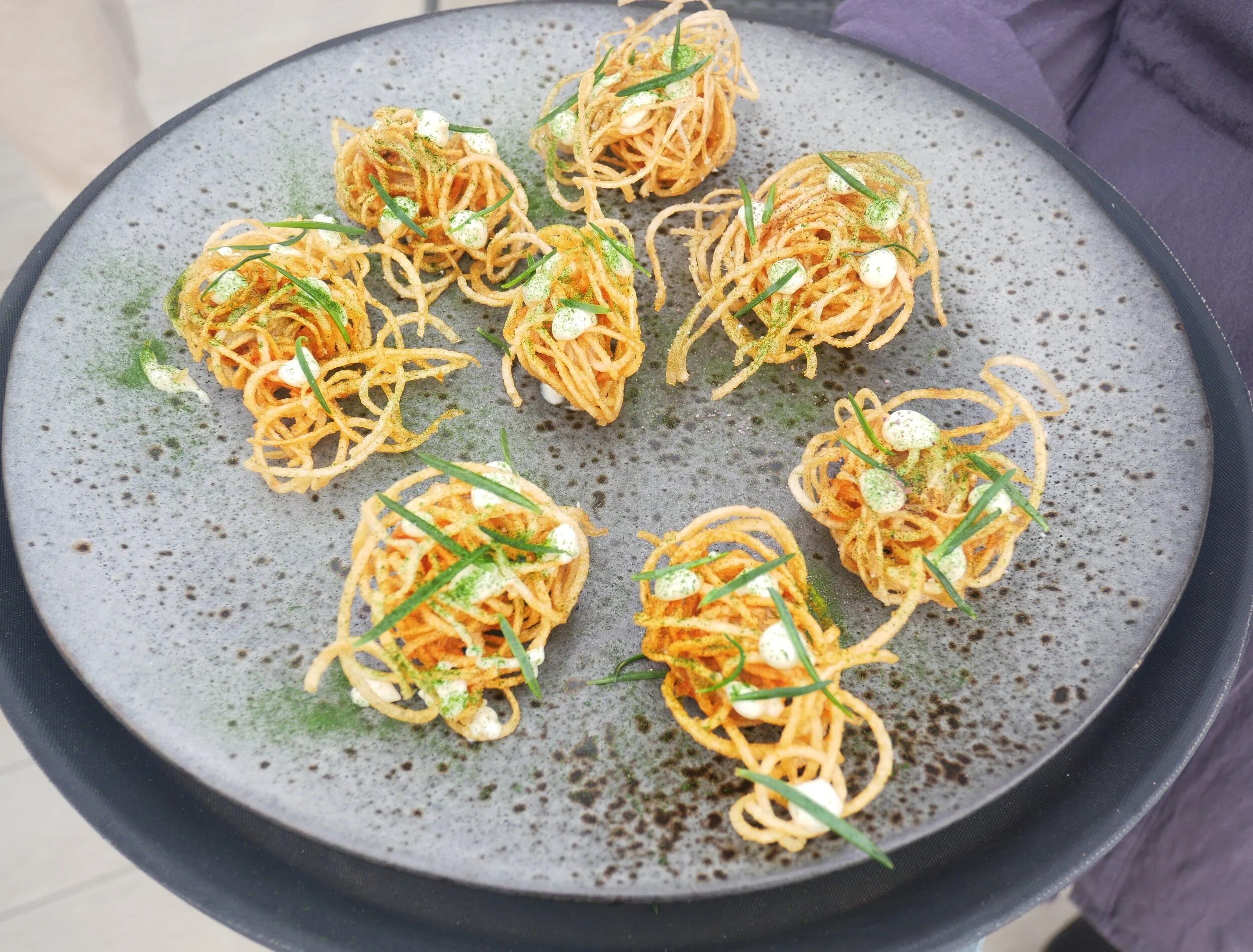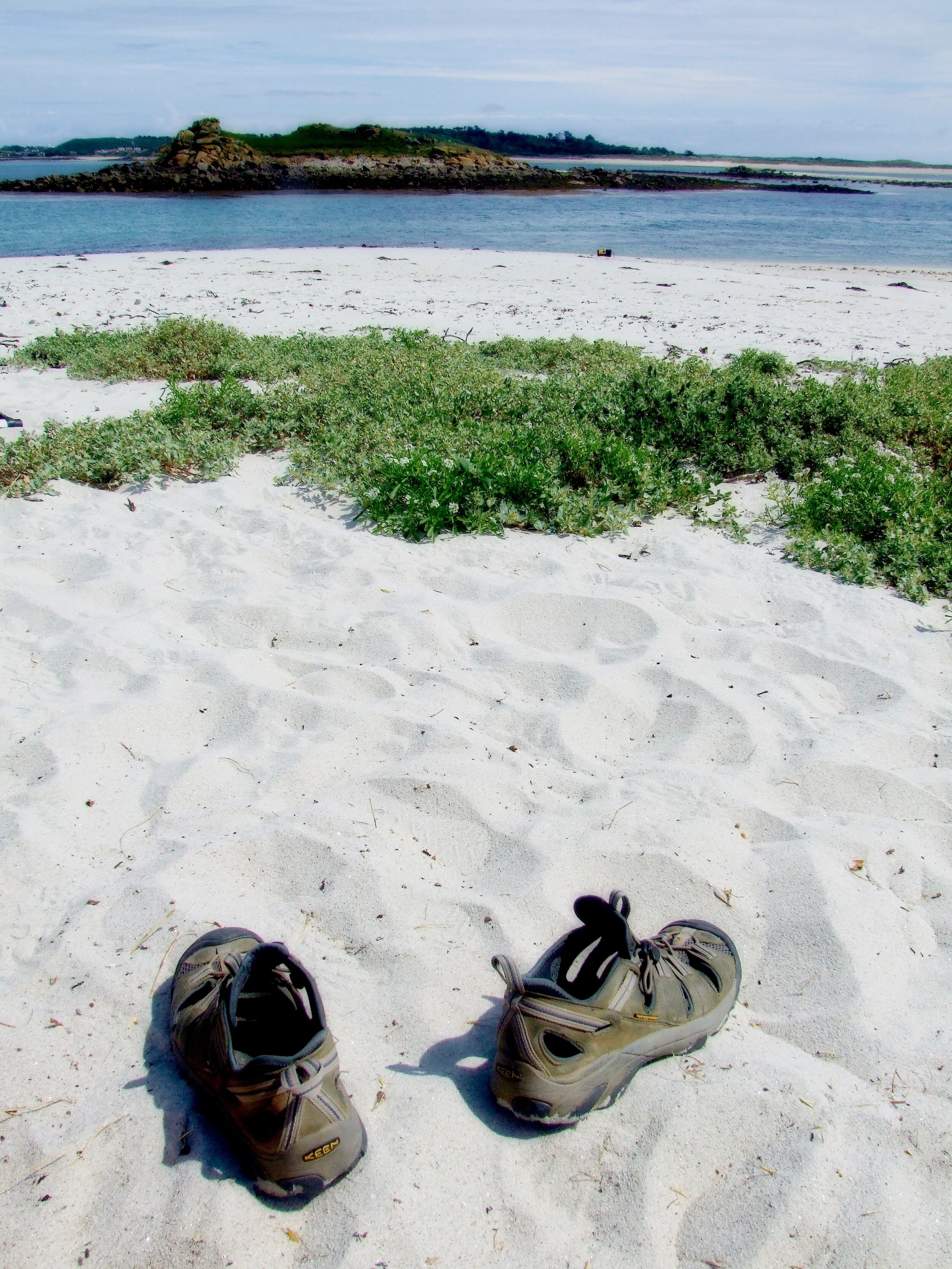Bouillabaisse
Of all the things we cook, fish can be the most challenging. Not, perhaps, when you have a single fillet or even one whole fish - it’s when you are confronted by an entire basket, bag or net full of various swimming creatures hauled from the deep that you can be forgiven for wondering what on earth to do with such variety.
The French have the ultimate answer to this shoal-sized problem - they make their famous Mediterranean fish soup called bouillabaisse.
Done well, this is - in the opinion of many people, including me - the ultimate, the most complete and the most perfect of all seafood dishes.
But the French (and I’ve always admired them for this even though the idea can cause an amateur English cook far more pain than grief) can get very sniffy and particular about how they compose even the most simple of recipes - let alone bouillabaisse, which is something of a seafood symphony.
The grand question of fish soup is one I have pondered since I fist visited the Cote-d’-Azure 40 years ago - and I’ve been aided and abetted in this pondering by collecting fish soups and stews all over the planet during the intervening years. I wish I’d photographed all the resultant dishes I’ve been served - and bullied recipes out of those who’ve succeeded in cooking minor maritime masterpieces - I could have published a book.
Part of the reason for my obsession is that I am aware we live in an oceanic peninsula surrounded by rich waters full of all manner of fabulous fish and other forms of seafood - so much of which, sadly, we Brits don’t eat.
Take wrasse for example - a horribly bony fish that no professional fisherman would ever bother putting up for sale. Our wrasse a big and bony - but they happen to be the cousins of the small and bony wrasse which are often used in the bouillabaisse of that dish’s home port, Marseille.
We chuck our wrasse away - they queue for theirs in the market.
Anyway, I’ve eaten fish soups around the globe in a bid to learn more about their alchemy - the worst I’ve ever eaten was just last year on the Greek isle of Spetses - the best was consumed 26 years ago on Corsica. And all that time I’ve wondered why it is we don’t make fabulous fish soups from the underwater marvels which are caught off our coasts…
Watery, flavourless and thin- this was the worst fish soup I’ve ever eaten - Spetses, Greece
So imagine my surprise and pleasure a few years ago when I noticed that bouillabaisse was on the menu of one of the best food pubs in Devon. I duly ordered it as a main while dining with friends at the snug and altogether excellent little village pub at Millbrook in the South Hams - and nearly wept with pleasure when it turned out to be first class.
Actually, I wasn’t surprised. The Millbrook’s well known chef at the time, Jean-Philippe Bidart, is a bit of a genius and - as his name suggests - he is also French. Later that joyous evening he came out of his kitchen for a chat and promised to let me in to the secret of his perfect bouillabaisse. Here is the note he sent me…
How to cook bouillabaisse the Jean-Philippe Bidart way.
“Bouillabaisse looks very complicated to make but it is actually very simple. It is just that it is a long process, requiring two hours to make - although you can make the soup the day before and buy your fresh fish, warm your soup, add the mussels and pan fry the fish the next day.
“Anyone can cook this dish - there is little skill required. It’s also incredibly healthy and very filling too. You can have it for lunch, or for dinner as a starter, reducing the portions.
“This bouillabaisse recipe is very much my own version, but you can add your own personal touches too. Above all enjoy the process,” says Jean-Philippe. “Bouillabaisse is a bit of an adventure, and if you loosely stick to the ingredients below. You can’t really go wrong.”
SERVES 6
Ingredients
20ml olive oil
1kg fish bones with heads (gurnard, red mullet, rascasse or dorade)
60ml Pernod
200ml white wine
1 fennel bulb
2 carrots
1 small leek
2 sprigs of thyme
1 bay leaf
3 cloves of garlic
2 celery sticks
A pinch of saffron
200gm tomato purée
Water
Salt and black pepper
Preparation
1. Roughly cut all the vegetables to about 1 inch cubes. Sear the vegetables with oil to a nice golden colour, then add the fish bones. If you don’t like the look of the fish with their heads on, chop them off, but increase the weight accordingly.
2. Sweat for 3 to 4 minutes. Flambé with Pernod and add the white wine. Always use dry white wine. Sweet wine is for pudding, specific sauces or for drinking.
3. Pour the saffron, tomato purée, salt, pepper and cover with water, about 3 to 4 inches above the fish. Boil the bouillabaisse for 2 to 3 minutes then lower the heat for 2 hours. Mix with a hand blender and pass through a sieve. Season to taste. The sieve is important - the holes need to be about 2mm. Discard all the material left in the sieve.
4. You have now made the classic fish stew (bouillabaisse) JP-style to which any manner of fish can then be added. Some people like it quite liquid, but I prefer it to be like a thick soup between the texture of single and double cream and orange in colour. If you find your soup is getting too thick, pour in more water, or better still, fish stock.
5. Traditional bouillabaisse is made of scorpion fish, conger eel and gilt head bream. However, I prefer to add fillets of locally caught fish such as bass, red mullet, gurnard and John Dory together with some steamed mussels and scored squid.
6. Cut the fillets into strips that are about 10-12cms long, smaller if you prefer. Make sure the pan is very hot and then cook them skin down in olive oil for about one minute to a minute and a half. When you see the edges start to go a bit crispy, take the pan off the heat.
7. Now turn the fish over and leave the pieces to finish. They will cook slowly, but if they have not cooked enough flash them back on the heat. The fish should be very moist in the middle and not over cooked. If anything, slightly under cooked is better as the heat of the soup will carry on cooking them.
8. Meanwhile in another pan cook the squid scored side down being careful it doesn’t spit. It will start to caramelise - then place it under a grill for one minute.
9. Put your mussels straight into the soup and they will cook. It is important that they are very fresh. They will take about two minutes and will open up when they are ready to eat.
SOME TIPS
How to prepare squid
Place the squid in a clean chopping board. First, cut off the tentacles just below the eyes. Then gently pull the eyes which should come away, bringing the guts and ink sack with them. Remove the ears and the quill from inside its body, which is like a transparent piece of plastic. Then give it a really good rinse inside and out. Cut it in half and open it out like a wallet. Score inside all over the body with a very sharp knife, being careful not to cut right through. This will tenderise it.
Getting the timings right
You need two frying pans – one for the fish fillets and the other for the squid. The grill should be on and the ready-prepared soup warming through. When it is hot, add the mussels and cook the squid and fish fillets.
Know if your fish is fresh
Freshness is the most important thing. The body must be shiny and the gills a vibrant red. The fish must also be very firm when you hold it. You can also ask the fishmonger to fillet your fish.
Presentation is everything
Place the fish soup in bowls and stack the fish in middle. Finish with chopped chilli and serve with rouille, toasted bread croutons and a little grated Gruyère cheese.
Serve with a class of Sancerre or a glass of Albarani – a fresh aromatic white wine prized by the locals in Spain that matches well with fish and seafood.
Any left over bouillabaisse, not the fish, can be frozen and re-heated for another day.









